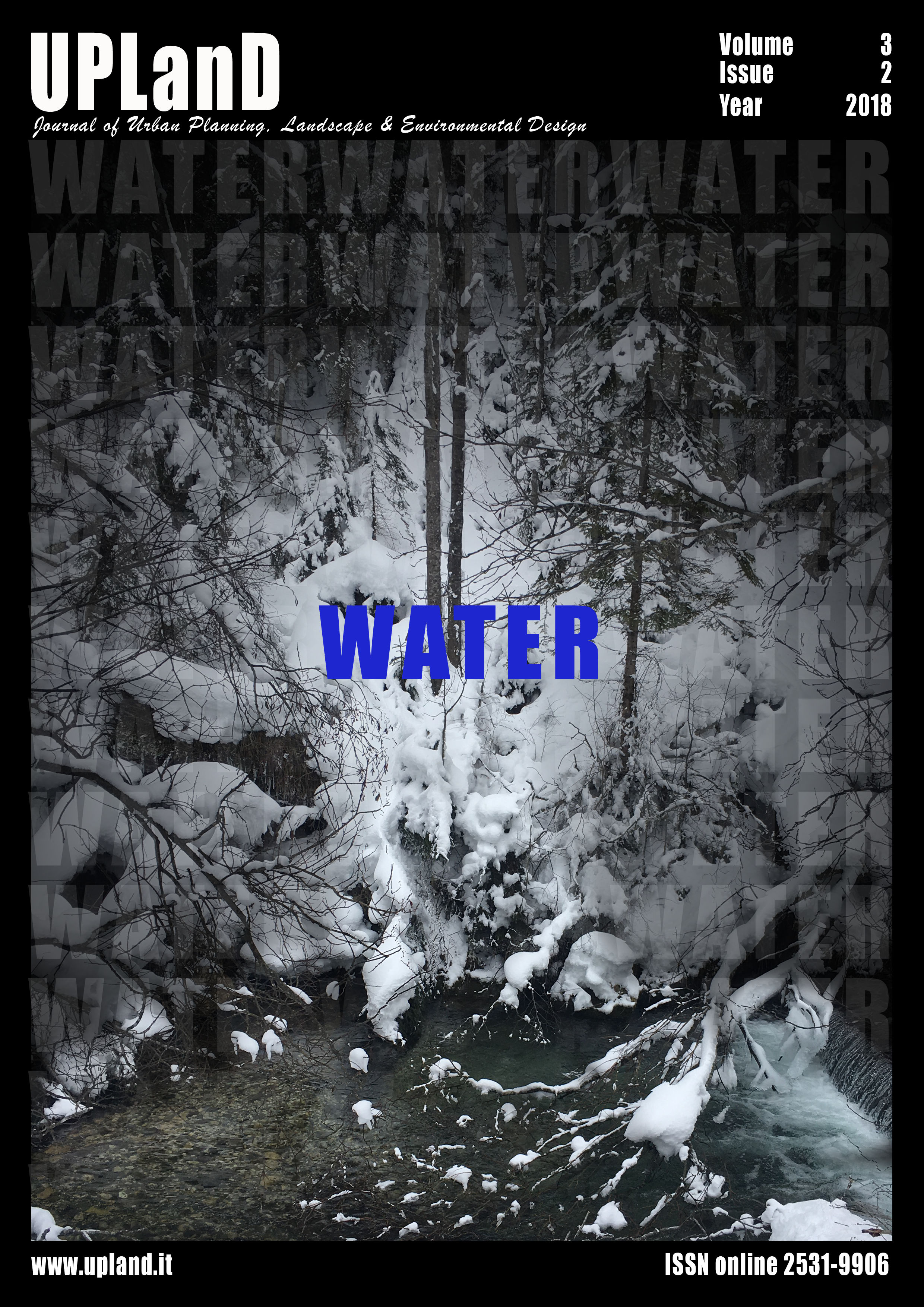Green buildings and water management in Harare, Zimbabwe
Main Article Content
Abstract
Green buildings are structures that use environmentally responsible and resource-efficient materials throughout a building’s life-cycle from siting to design, construction, operation, maintenance, renovation, and the final demolition. Buildings consume more than twenty percent of the world’s available water. The study adopted a qualitative research design to analyse water use in buildings that are owned by Old Mutual Properties in Harare, Zimbabwe. Data were collected through structured and unstructured interviews and observation. Grey water treatment and low flow plumbing fixtures provide opportunities for industry to build high tech, low water demand projects. On average, applying water-efficient designs and products lead to less water and energy use, and a reduction in operating costs. Increased government regulation and the desire to lower energy costs are expected to drive a faster adoption of water efficient products such as ultra-low flush toilets and low-flow shower heads. The use of non-sewage and grey water for onsite uses such as site irrigation will minimize demands on the local water resources in Harare in particular and the entire country in general.
Downloads
Article Details

This work is licensed under a Creative Commons Attribution-NonCommercial-NoDerivatives 4.0 International License.
Authors who publish with this journal agree to the following terms:- Authors retain copyright and grant the journal right of first publication with the work simultaneously licensed under a Creative Commons Attribution License that allows others to share the work with an acknowledgement of the work's authorship and initial publication in this journal.
- Authors are able to enter into separate, additional contractual arrangements for the non-exclusive distribution of the journal's published version of the work (e.g., post it to an institutional repository or publish it in a book), with an acknowledgement of its initial publication in this journal.
- Authors are permitted and encouraged to post their work online (e.g., in institutional repositories or on their website) prior to and during the submission process, as it can lead to productive exchanges, as well as earlier and greater citation of published work (See The Effect of Open Access).
References
Ahn, Y.H., & Pearce, A. R. (2007). Green Construction: Contractors Experience Expectations, and Perceptions. Journal of Green Building, 2(3), 106-122. doi: 10.3992/jgb.2.3.106
American Institute of Architects (1992). Environmental Resource Guide Subscription. Washington D.C., US: American Institute of Architects.
Baird, G. (2003). The architectural expression of environmental control systems. London, UK: Spon Press.
Chambers, R. (1992). Rural appraisal: Rapid, relaxed and participatory (Discussion Paper No 311). Sussex, UK: Institute of Development Studies.
Cupido, A. F., Baetz, B. W., Pujari, A., & Chidiac, S. (2010). Evaluating institutional green building policies: A mixed-methods approach. Journal of Green Building, 5(1), 115-131. doi: 10.3992/jgb.5.1.115
Dell’Isola, A. J., & Kirk, S. J. (1981). Life cycle costing for design professionals. New York, US: McGraw-Hill.
Lynch, D. F., & Dietsch, D. K. (2010). Water efficiency measures at Emory University. Journal of Green Building, 5(2), 41-54. doi: 10.3992/jgb.5.2.41
Du Plessis, C. (2005). Action for sustainability: preparing an African plan for sustainable building and construction. Building Research & Information, 33(5), 1-11.
Environmental Management Act (Chapter 20:27) (2002). Harare, ZW: Government Printers.
Gissen, D. (ed.) (2003). Big and Green: Toward Sustainable Architecture in the 21st Century. New York, US: Princeton Architectural Press.
Gleick, P. H. (1996). Basic water requirements for human activities: meeting basic needs. Water international, 21(2), 83-92. doi: 10.1080/02508069608686494
Gilmer, L., & Hughel, G. (2008). Improving Water Efficiency in Your Building (Online) Buildings Magazine, (Updated 2010) Available: (Accessed on 10 April, 2016).
Kalua, A. (2015). Economic sustainability of green building practices in least developed countries. Journal of Civil Engineering and Construction Technology, 6(5), 71-79. doi: 10.5897/JCECT2015.0364
Kibert, C. J. (2016). Sustainable construction: green building design and delivery. Hoboken, US: John Wiley & Sons.
McHenry, P. G. (1989). Adobe and rammed earth buildings: design and construction. Tucson, US: The University of Arizona Press.
Old Mutual Property (2016). Retrieved from http://www.oldmutual.co.zw/corporate/old-mutual-property/services-offered (accessed 19 May, 2016)
UN-HABITAT (2010). Conference on Green Building in Africa. Nairobi, KE.
Water Act (Chapter 20:24) (1998). Harare, ZW: Government Printers.
World Green Building Council (2013). The Business Case for Green Building - A Review of the Costs and Benefits for Developers, Investors and Occupants
Yin, K.Y. (2003). Applications of Case Study Research. Thousand Oaks, US: Sage.

